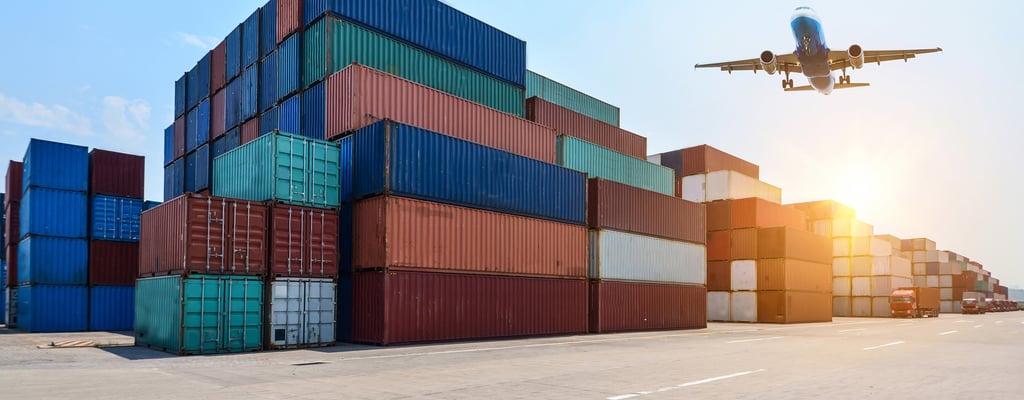By Edition8 News Staff
Published April 10, 2025
President Donald Trump’s back-and-forth tariff war between the U.S. and China has caused major ripple effects on global trade.
On April 9, Trump enforced a steep 125% tariff on Chinese imports while pausing other international tariffs for 90 days. This economic decision has led to more expensive goods, a global trade slowdown, new trade partnerships, and broken supply chains.
President Trump's administration says their goal, is to isolate China economically and pressure them to change their unfair trading practices. In response, Chinese President Xi Jinping matched Trump's tariff by placing a 125% tax on U.S. goods declaring that the Chinese nation is "not afraid."
Though Trump’s tariffs were designed to strengthen American industry, critics argue they have come at a cost.
Here’s a breakdown of the wide-reaching effects on global trade:
Raised Prices for Consumers and Businesses
Tariffs make goods more expensive to import.
U.S. consumers paid higher prices for electronics, clothes, and home goods.
Businesses have higher costs, which affects profits and hiring.
Slowed Down International Trade
The tariff war makes countries buy and sell less internationally.
Discourage companies from making big investments.
Disrupted Supply Chains
Trump's tariffs, especially on Chinese goods, have caused many companies to shift production away from China to countries like Vietnam, India, and Mexico. This reorganization of global supply chains:
Slow down manufacturing
Increase costs for multinational companies
Create uncertainty in long-term planning
Sparked Retaliation From Other Countries
Countries like China, Canada, and the EU hit back with their own tariffs on U.S. goods (like soybeans, whiskey, and cars).
This back-and-forth hurt global industries—especially farming and manufacturing.
Encouraged "Made at Home" Goods
The tariffs inspire many countries—including the U.S.—to build more at home instead of depending on global imports.
Boosts interest in domestic manufacturing but also leads to less efficient production and higher costs.



